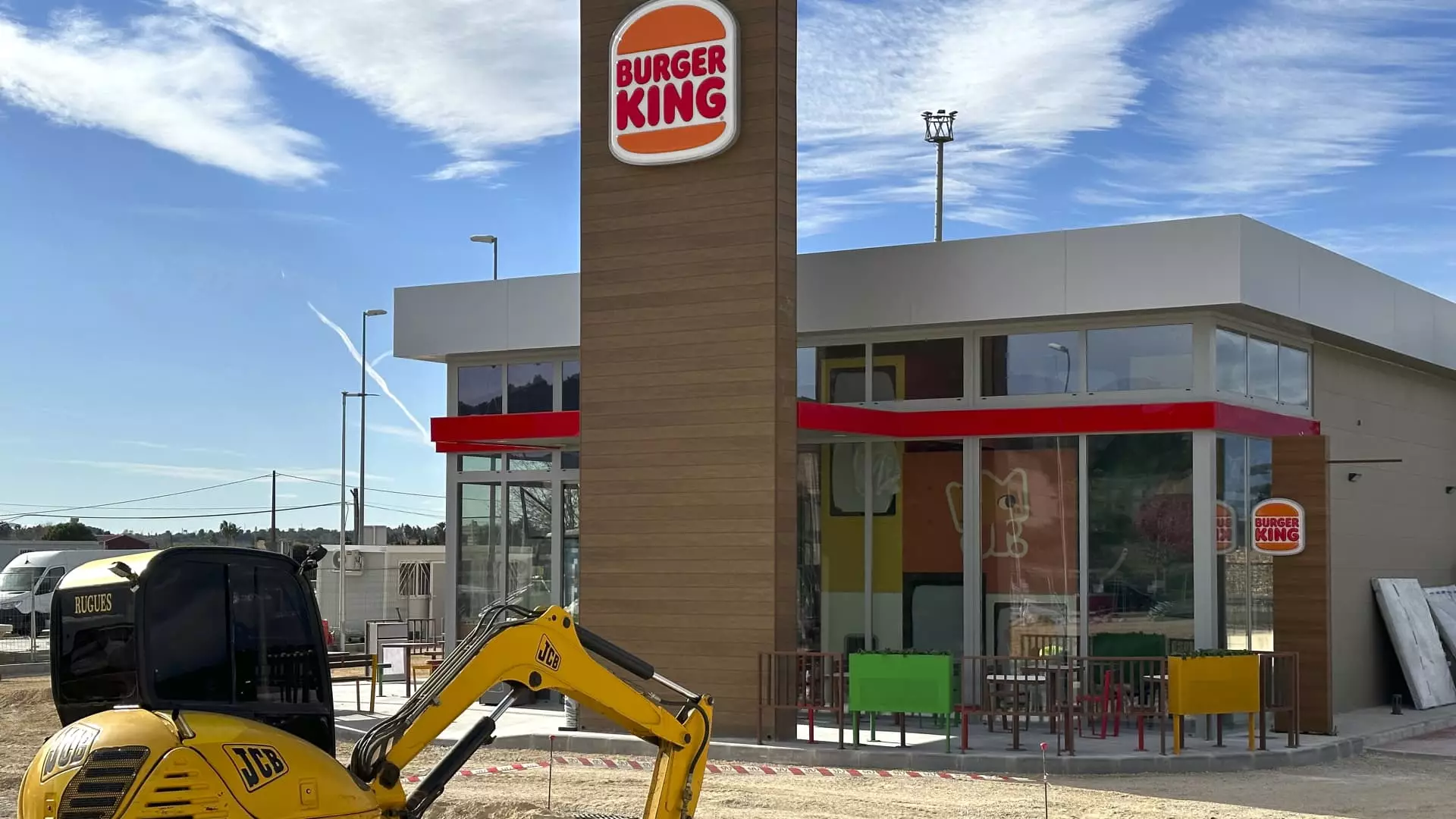Restaurant Brands International (RBI), the parent company of several major fast-food chains, has recently disclosed its quarterly earnings, and the results have sparked a notable decline in its stock value. The results, which showed earnings and revenue falling short of analysts’ projections, highlighted a concerning trend across all four of its chains. As investors process the implications of these numbers, the market reacted swiftly, with shares dropping approximately 2% in early trading.
The third-quarter earnings report delivered mixed signals, presenting a complex picture of RBI’s operational efficiency. Earnings per share adjusted to 93 cents fell short of the expected 95 cents, while total revenue reached $2.29 billion, slightly below the anticipated $2.31 billion. Inevitably, these results raise questions about the company’s strategy and its ability to resonate with consumers during challenging economic conditions.
Most concerning was the company’s same-store sales growth, which saw a meager increase of only 0.3% globally. While this figure may appear positive on the surface, it starkly contrasts with Wall Street’s high expectations for the brand, particularly during an economic recovery phase. Furthermore, the breakdown of performances across each chain—Burger King, Firehouse Subs, Popeyes, and Tim Hortons—paints a diverging picture of consumer sentiment.
Diving deeper into the chains, it is evident that some segments are struggling significantly. Burger King reported a fall of 0.7% in same-store sales, contrary to expectations of stability. This decline reflects ongoing challenges as the chain undergoes a critical turnaround while contending with reduced consumer spending patterns. The increased competition in the fast-food sector further aggravates these difficulties, particularly as the focus shifts back towards value offerings amidst declining consumer expenditure.
On another front, Popeyes experienced a disheartening 4% drop in same-store sales, falling well short of the projected increase of 0.2%. As the chain attempts to gain traction with new promotions such as the three-piece chicken deal, it begs the question of whether these strategies can effectively translate to sustained patronage and market relevance.
Even more starkly, Firehouse Subs saw a substantial decline of 4.8% in its same-store sales, which is alarming given that analysts expected only a minor decline. The sandwich chain, despite being a newer addition to RBI, seems to struggle to find its footing amid competitive pressure and the general market atmosphere, clearly indicating that its growth prospects need reevaluation.
However, there was a glimmer of hope from Tim Hortons, which managed a domestic same-store sales growth of 2.3%. Yet, even this was not enough to meet the expectations set by analysts, who had anticipated a stronger growth of 4.1%. The Canadian coffee chain’s success in increasing customer traffic and improving service speed stands in stark contrast to the underperforming brands.
Further complicating the scenario, international same-store sales also missed their mark, rising only 1.8%, below the anticipated 2.2%. This underperformance points to potential weakness in foreign markets, a concerning indicator for a brand aiming for global expansion.
Considering these dynamics, RBI leaders, including CEO Josh Kobza, remain cautiously optimistic, pointing to improving trends in the current quarter and suggesting that efforts to enhance marketing promotions are yielding some early fruit. However, the company’s decision to revise its outlook for system-wide sales growth from an anticipated 5.5% to a more conservative 5% to 5.5% seems to acknowledge the current challenges faced by its chains, reflecting a prudent approach amidst uncertain conditions.
As Restaurant Brands International adjusts to a complicated marketplace, it is clear that the company faces significant hurdles in its quest for growth and profitability. With weakened demand across major chains, an aggressive response to consumer needs and preferences is crucial. The next few quarters will prove pivotal in determining whether RBI can reclaim its momentum or if the current trends will persist, leading to further challenges in the fast-food landscape. In an era where values and consumer habits rapidly evolve, adapting effectively will be essential for the company’s long-term success.

